Pipe pressure testing standards ensure the safety and reliability of piping systems by outlining hydrostatic and pneumatic test procedures, safety protocols, and material compliance. These standards, such as ASME B31.3 and B31.1, provide guidelines for pressure testing to verify system integrity and prevent failures. Compliance with these standards is crucial for maintaining operational safety and meeting regulatory requirements across various industries.

Overview of ASME B31.3 Process Piping Standards
ASME B31.3 provides detailed guidelines for process piping systems, including design, fabrication, and pressure testing. It ensures system integrity, safety, and compliance with material specifications, focusing on hydrostatic testing procedures and calculations.
Key Design and Testing Requirements
ASME B31.3 outlines essential design and testing criteria for process piping systems. Design considerations include material selection, pipe wall thickness, and stress analysis to ensure system integrity under operational conditions. Testing requirements focus on hydrostatic and pneumatic tests, with specific pressure calculations based on the system’s maximum design pressure. Safety measures, such as isolating piping systems and using clean test water, are emphasized to prevent failures and ensure personnel safety. Documentation of test procedures, including pressure ranges and inspection results, is mandatory for compliance. Additionally, the standard addresses weld joint efficiency and corrosion allowances, ensuring long-term reliability. These requirements collectively ensure that piping systems operate safely and efficiently in various industrial applications.

Understanding ASME B31.1 Power Piping Standards
ASME B31.1 provides guidelines for power piping systems, focusing on design, materials, and safety. It ensures reliable operation in power plants and high-temperature environments, adhering to strict testing and inspection protocols.
Hydrostatic and Pneumatic Testing Procedures
Hydrostatic and pneumatic testing are critical procedures for verifying the integrity of piping systems. Hydrostatic testing involves filling the system with water and pressurizing it to a specified level, typically 1.5 times the design pressure, to check for leaks or defects. Pneumatic testing uses gas or air, often at lower pressures, but requires stricter safety measures due to the risk of stored energy release. Both methods must adhere to ASME B31.3 standards, ensuring test pressures are accurately calculated and safety protocols are in place. Pre-test preparations include isolating the system, installing test fixtures, and ensuring proper venting. Post-test inspections are essential to validate the system’s integrity. These procedures ensure compliance with safety standards and prevent potential failures during operational use. Proper documentation and certification are mandatory for all test outcomes.
Hydrostatic Testing of Piping Systems
Hydrostatic testing involves pressurizing piping with clean water to verify structural integrity. Safety measures include proper venting and drainage, ensuring no contamination from substances like seawater. Compliance with ASME standards is essential.
Test Pressure Calculations and Safety Measures
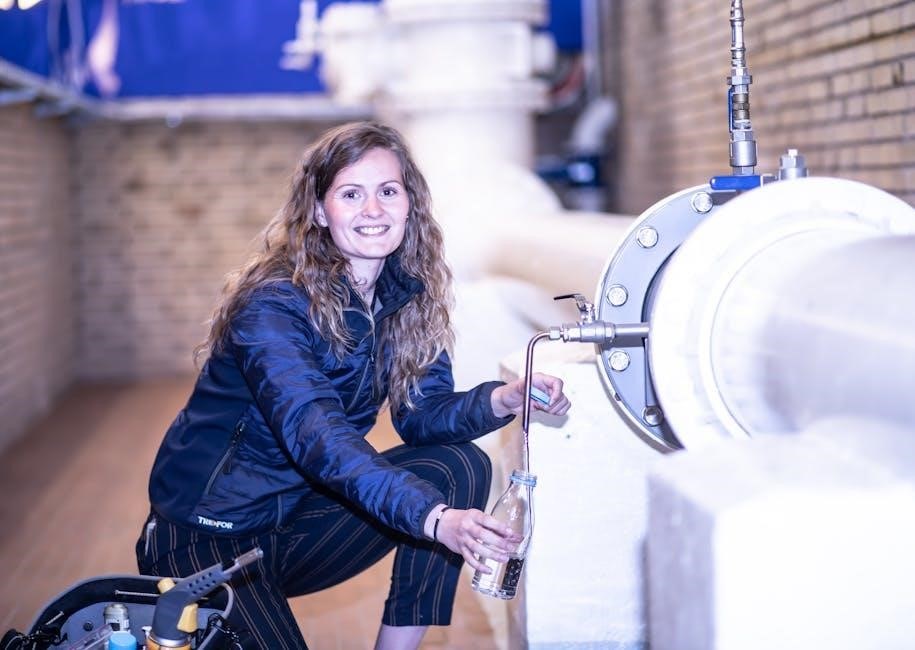
Test pressure calculations are critical to ensure piping systems withstand operational demands without failure. ASME standards specify that hydrostatic test pressures should be at least 1.5 times the design pressure for power piping (ASME B31.1) and process piping (ASME B31.3). Safety measures include using clean water, avoiding seawater, and ensuring proper venting to prevent damage from trapped air. Pressure relief valves and monitoring systems are essential to prevent over-pressurization. Personnel must be trained to handle emergencies, and test areas should be isolated to minimize risks. Calculations must account for material strength, temperature, and corrosion allowances. Compliance with these standards ensures the integrity of piping systems while safeguarding personnel and equipment during testing.
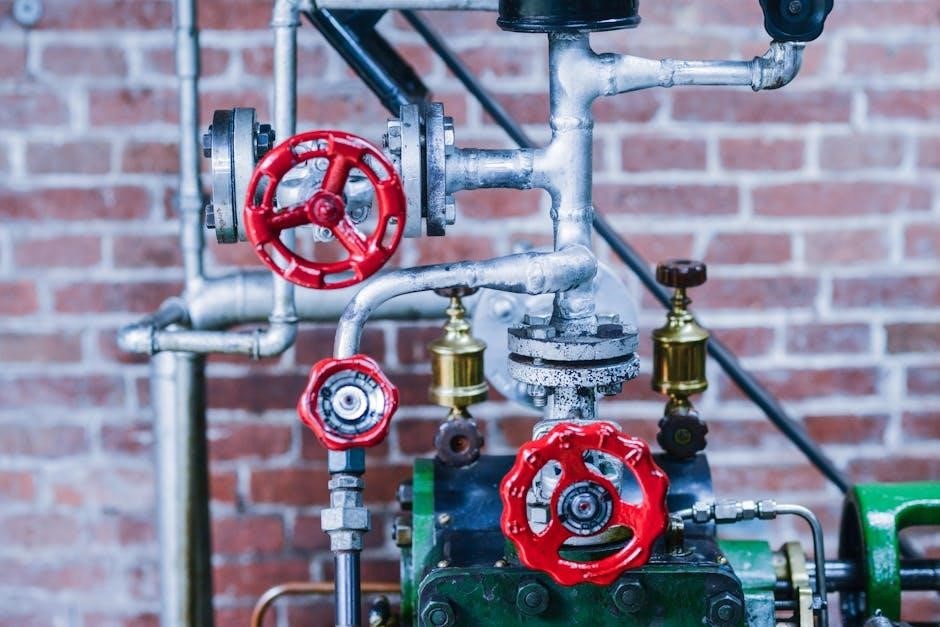
Pneumatic Testing of Piping Systems
Pneumatic testing uses air or gas to verify piping integrity, emphasizing safety due to higher risks. Conducted at lower pressures, it adheres to ASME B31.1 and B31.3 guidelines.
Specific Considerations and Safety Protocols
Pneumatic testing requires strict adherence to safety protocols due to the potential risks associated with compressed air or gas. The test pressure must be carefully calculated to avoid over-pressurization, ensuring it does not exceed the design limits of the piping system. Personnel involved in the testing process must be properly trained and certified according to ASME B31.3 and B31.1 standards. Safety measures include isolating the test section, using appropriate pressure relief devices, and ensuring the area is clear of unauthorized personnel. Emergency response plans should be in place to address potential failures or leaks. Additionally, the piping system must be designed to withstand the test medium, considering factors such as material compatibility, temperature, and pipe thickness. Proper documentation and compliance with industry standards are critical to ensure the integrity and safety of the testing process.
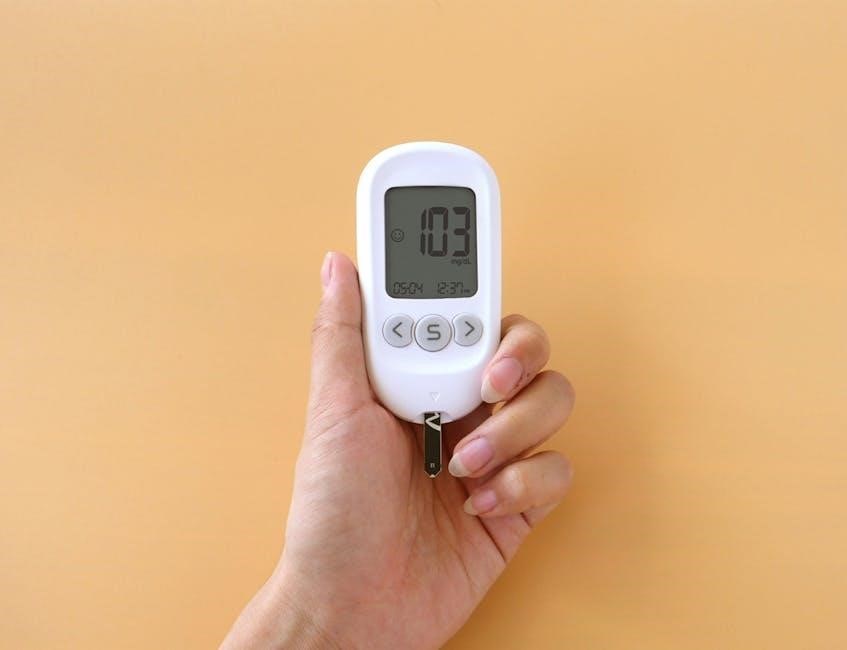
Material Selection and Compliance
Material selection must comply with ASME B31.3 and B31;1 standards, ensuring compatibility with design pressure and service conditions. Nonmetallic piping materials require special consideration for durability and safety.
Nonmetallic Piping and Component Standards
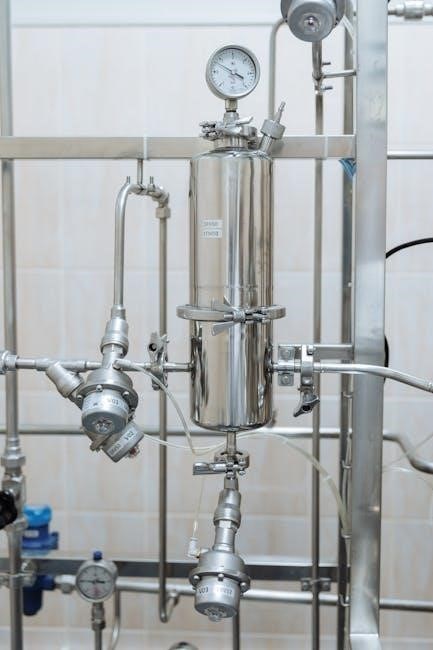
Nonmetallic piping, such as thermoplastics, is increasingly used in piping systems due to its corrosion resistance and flexibility. However, its application requires adherence to specific standards like ASME B31.3, which outlines design, material, and testing requirements. These standards ensure nonmetallic piping can withstand operational pressures and environmental conditions. Hydrostatic testing is commonly required to validate system integrity, with test pressures often exceeding design pressures to ensure safety. Material selection must consider factors like temperature, chemical compatibility, and mechanical strength. Compliance with standards like ASTM for specific materials is critical to avoid failures. Regular inspections and certifications are mandated to maintain system reliability. Nonmetallic components must meet rigorous criteria to ensure long-term performance and safety in various fluid services. Proper documentation and adherence to these standards are essential for operational excellence and regulatory compliance.
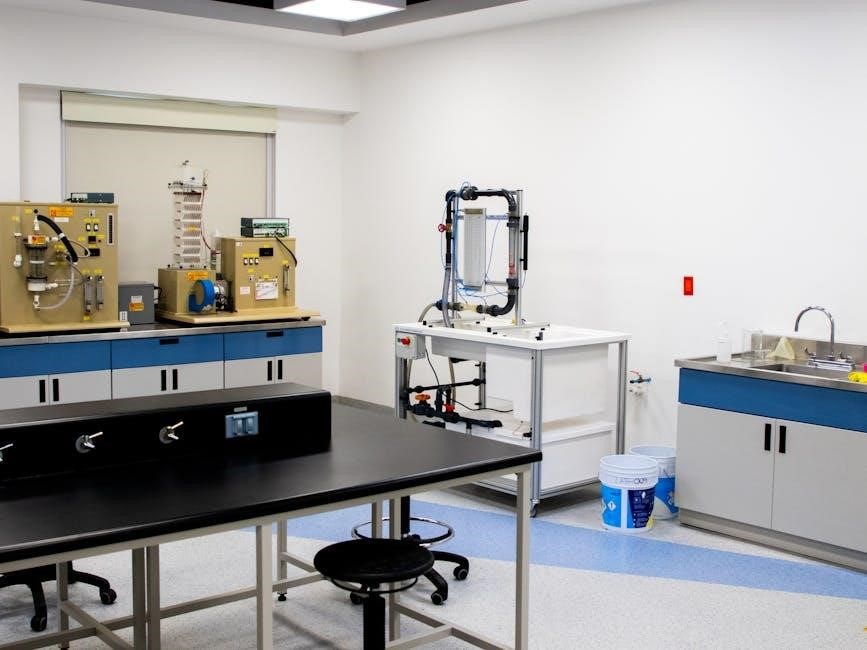
Pressure Test Requirements for Different Fluid Services
Pressure test requirements vary by fluid service, with ASME B31.3 mandating leak tests for most systems, except Category D, which may be exempt under specific conditions. Design pressure dictates test levels, ensuring system integrity and safety, as outlined in ASME standards for hydrostatic and pneumatic testing procedures.
Category D Fluid Service Exemptions
Category D fluid services, as defined by ASME B31.3, involve non-hazardous fluids, such as water or steam, where the consequences of leakage are minimal. These systems may be exempt from mandatory leak testing under specific conditions, reducing unnecessary testing burdens. However, exemptions must be justified by the system’s design, operating conditions, and fluid characteristics.
To qualify for exemption, the fluid must be non-toxic, non-flammable, and non-volatile, with no significant environmental or safety risks. Documentation must include a detailed risk assessment and approval from the relevant authority. While testing may be waived, compliance with material and design standards remains mandatory to ensure system integrity and operational safety. This exemption aligns with cost-efficiency and practicality without compromising safety standards.

Safety Protocols During Pressure Testing
Safety protocols during pressure testing are critical to prevent accidents. They include isolating systems, using safe test pressures, and ensuring proper ventilation and emergency equipment availability. Compliance is mandatory.
Personnel Training and Emergency Procedures
Personnel involved in pressure testing must undergo comprehensive training to ensure safety and compliance with standards. Training programs should cover test procedures, safety protocols, and emergency response. Emergency procedures must be clearly defined, including evacuation plans, first aid, and equipment shutdown processes. Personnel should be familiar with test pressure limits and system isolation methods. Regular drills and updates on the latest standards, such as ASME B31.3, are essential. Proper communication and teamwork are critical during testing to prevent accidents. Emergency equipment, like fire extinguishers and pressure relief devices, must be readily available. Documentation of training and emergency preparedness is required for compliance.
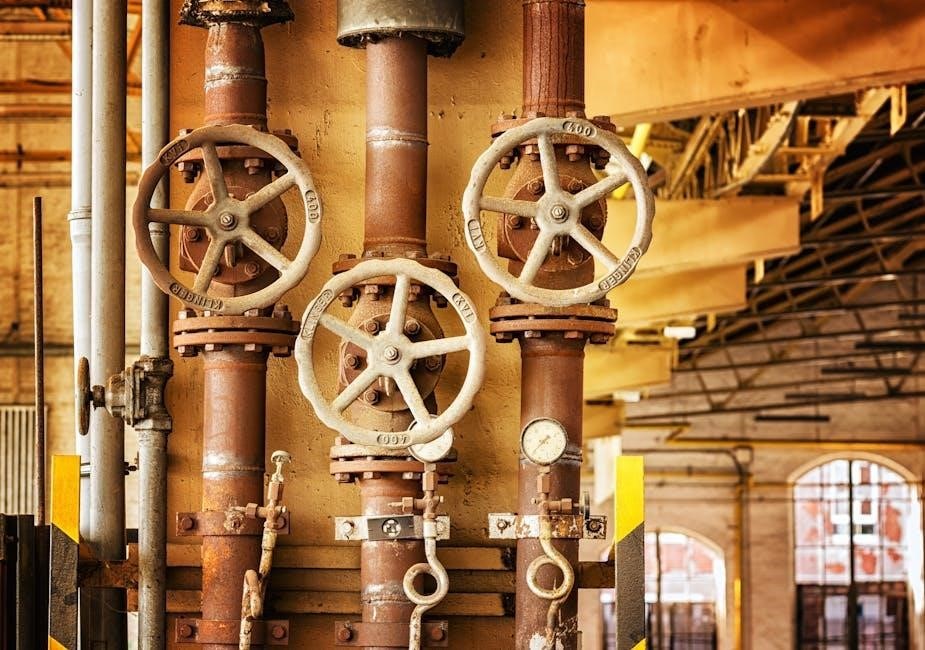
Documentation and Reporting
Accurate documentation is critical for pressure testing, including test results, pressure readings, and material certifications. Detailed reports ensure compliance with standards like ASME B31.3 and provide a record for future validation and traceability.
Post-Test Inspections and Certification
Post-test inspections are conducted to verify the integrity of piping systems after hydrostatic or pneumatic testing. These inspections involve checking for leaks, damage, or deformations that may have occurred during testing. Certification is then issued to confirm compliance with relevant standards, such as ASME B31.3 or B31.1. Detailed records of test results, including pressure readings and visual inspection reports, are maintained for future reference and regulatory compliance. Any defects identified during post-test inspections must be repaired and retested before the system is deemed operational. This process ensures the safety and reliability of the piping system, adhering to industry codes and standards.
The adherence to pipe pressure testing standards is critical for ensuring the safety, reliability, and compliance of piping systems across various industries. These standards, such as ASME B31.3 and B31;1, provide comprehensive guidelines for hydrostatic and pneumatic testing, material selection, and post-test inspections. By following these protocols, organizations can minimize risks, prevent system failures, and ensure operational integrity. The emphasis on safety measures, proper documentation, and certification underscores the importance of these standards in maintaining public and environmental safety. Ultimately, the implementation of these standards fosters a culture of compliance and excellence, ensuring that piping systems perform optimally under designated conditions.